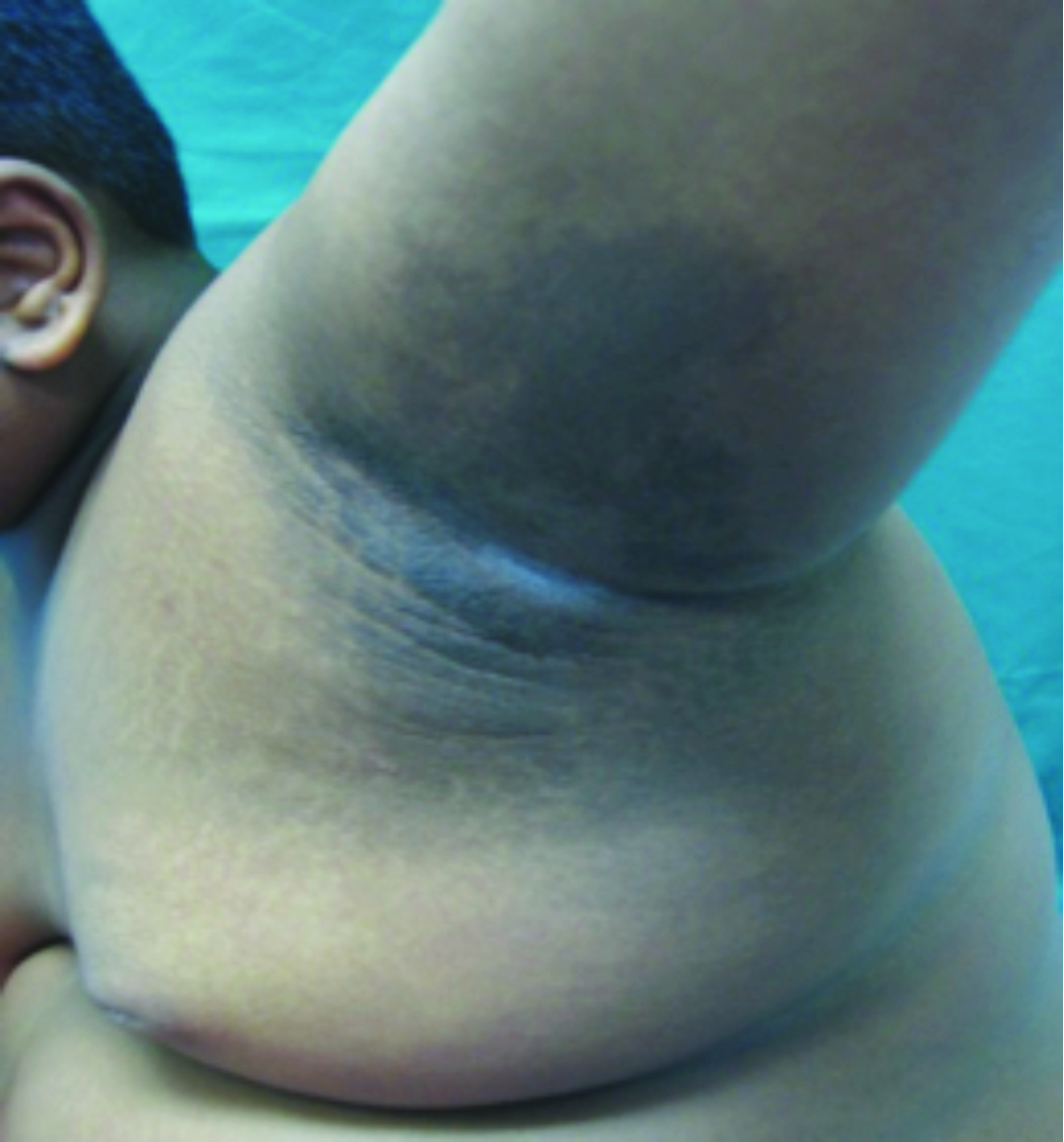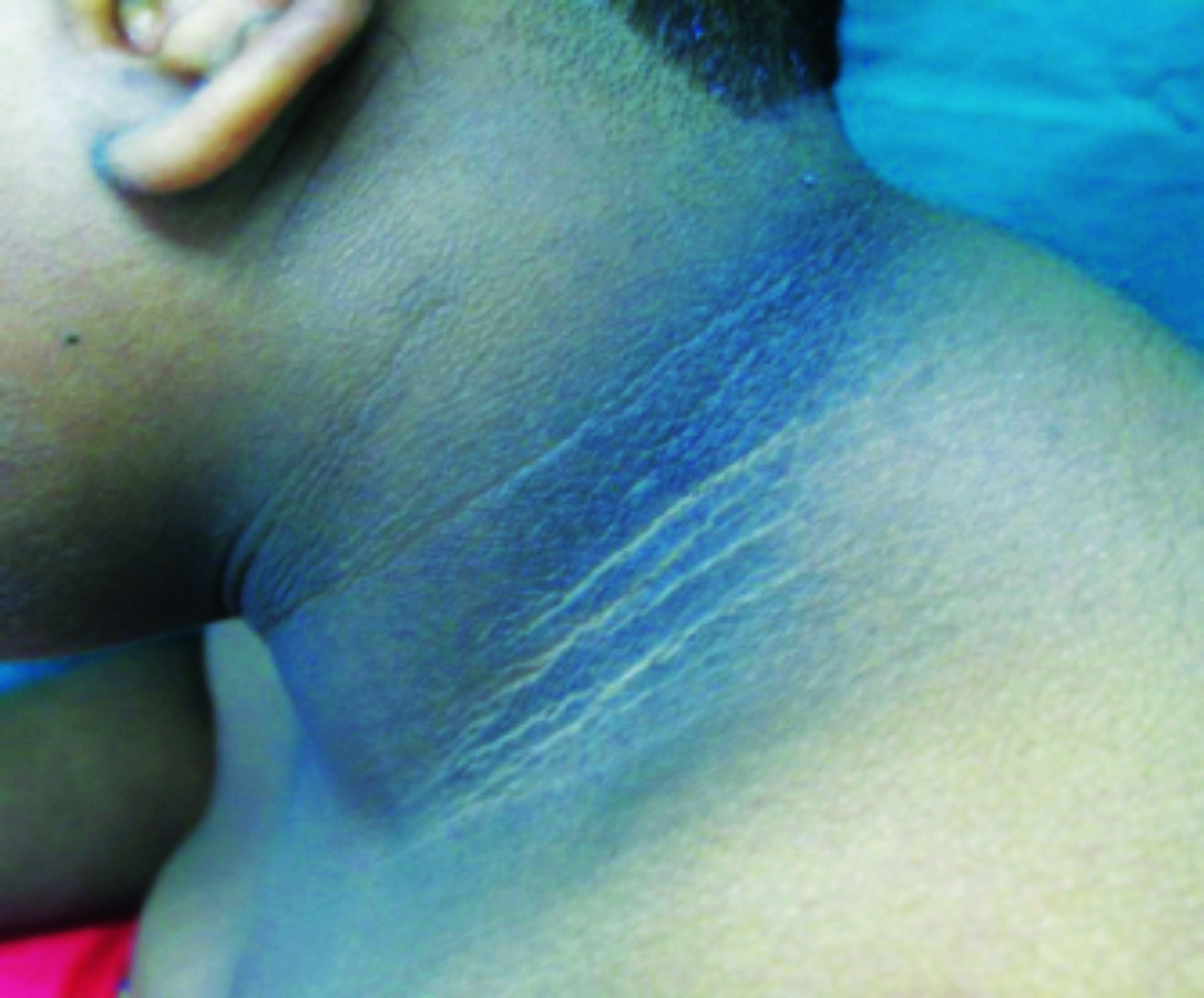Diabetes mellitus is one of the most concerning health issues globally. In Malaysia, the prevalence of diabetes among adults has been increasing steadily from 11.2% in 2011 to 13.4% in 2015 and 18.3% in 2019. One of the major precursor of diabetes is prediabetes. But not many are aware of this condition, especially in children.
What is prediabetes?
Prediabetes is a condition in which blood sugar levels are higher than normal, but not high enough to be considered as diabetes. It happens when the body is not responding well to insulin, resulting in a build-up of sugar in the blood.
Individuals with prediabetes have a higher risk of developing type 2 diabetes and other non-communicable diseases, like heart disease and stroke. A 2022 systematic review of studies from 1995 to 2021 estimated that the prevalence of prediabetes among Malaysian adults was 11.62%.
What are the symptoms?
Prediabetes typically shows no clear symptoms. When symptoms appear, it is usually a sign that it has progressed to type 2 diabetes. Here are some common symptoms:
| Symptoms | Prediabetes | Diabetes |
| Acanthosis nigricans (skin darkening on certain body parts, e.g. neck, elbows, knees) | Yes | Yes |
| Increased urination | No | Yes |
| Increased thirst/hunger | No | Yes |
| Blurry vision | No | Yes |
| More infections | No | Yes |


Examples of acanthosis nigricans in children, a sign of prediabetes and diabetes
What are the risk factors among children?
Consider checking your child’s blood sugar levels if they have these risk factors:
- Overweight or obesity
- Family history of type 2 diabetes
- Physical inactivity
- Polycystic ovary syndrome
How to diagnose prediabetes?
Similar blood sugar tests are used to diagnose prediabetes and diabetes.
| Tests | Normal | Prediabetes | Diabetes |
| Fasting blood glucose (mmol/L) | <5.6 | 5.6-6.9 | ≥7.0 |
| Oral glucose tolerance test (mmol/L) | <7.8 | 7.8-11.0 | ≥11.1 |
| Haemoglobin A1c (%) | <5.7 | 5.7-6.4 | ≥6.5 |
Reference: ISPAD Clinical Practice Consensus Guidelines 2022: Type 2 diabetes in children and adolescents
| What can be done?
The good news is that prediabetes is reversible, unlike diabetes. By practising these measures, diabetes can be prevented or delayed: · Ensure good eating habits. Feed your child a balanced diet and reduce sugar, salt and processed foods. As children are still growing up, dietary adjustments should be focused on healthy food choices rather than portion control only. · Encourage physical activity. At least 60 minutes of moderate or vigorous physical activity per day is recommended. · Aim for or maintain a healthy weight. Overweight and obesity are among the risk factors. · Limit screen time. Recreational screen time should be limited to no more than one hour a day for children between two and five years old, and no more than two hours a day for children aged six years and older. · Get enough sleep. Toddlers (3-5 years old) should have 10-13 hours of sleep including naps, while school children (6-13 years old) should have 9-11 hours of sleep. Reference: Clinical Practice Guidelines – Management of Obesity 2nd Edition (2023) |
Prediabetes may not be easily noticeable, especially among children, since we often assume that diabetes and related health conditions only happen to adults. But it is a key contributor to the increasing rate of diabetes globally. Fortunately, with early intervention, prediabetes can be reversed and diabetes can be avoided.





